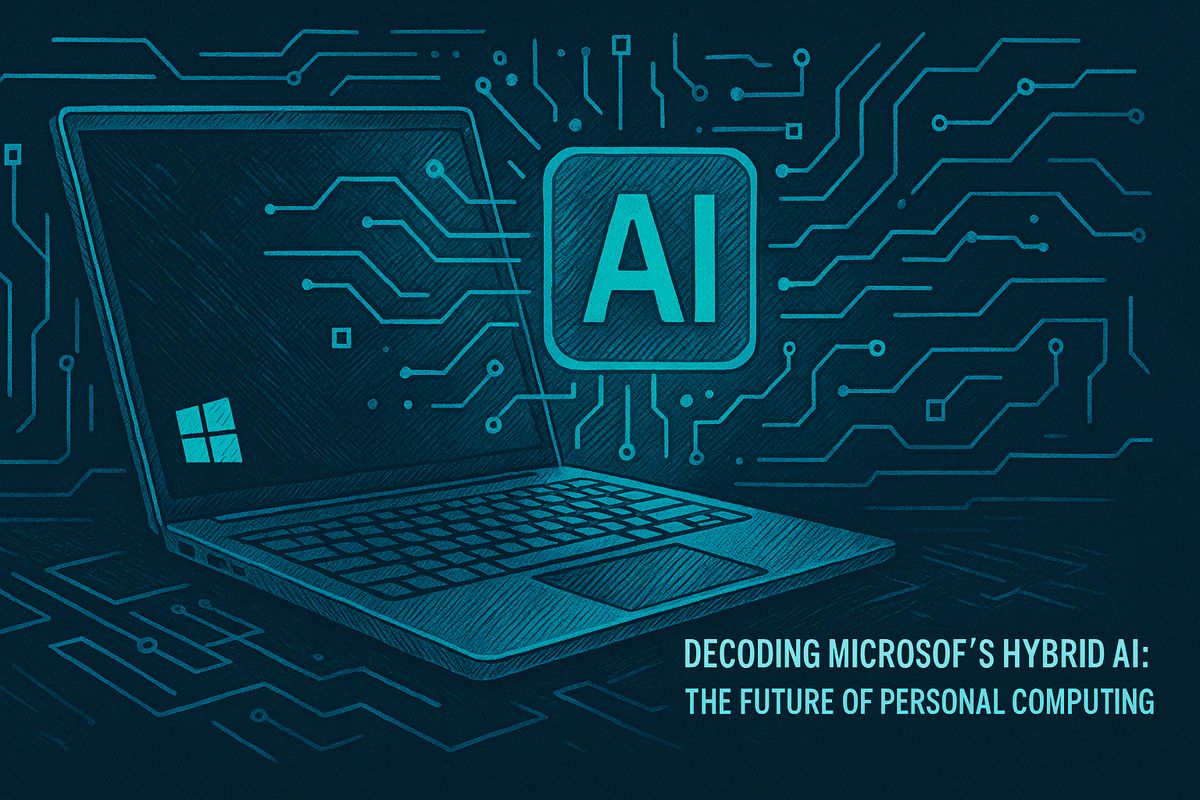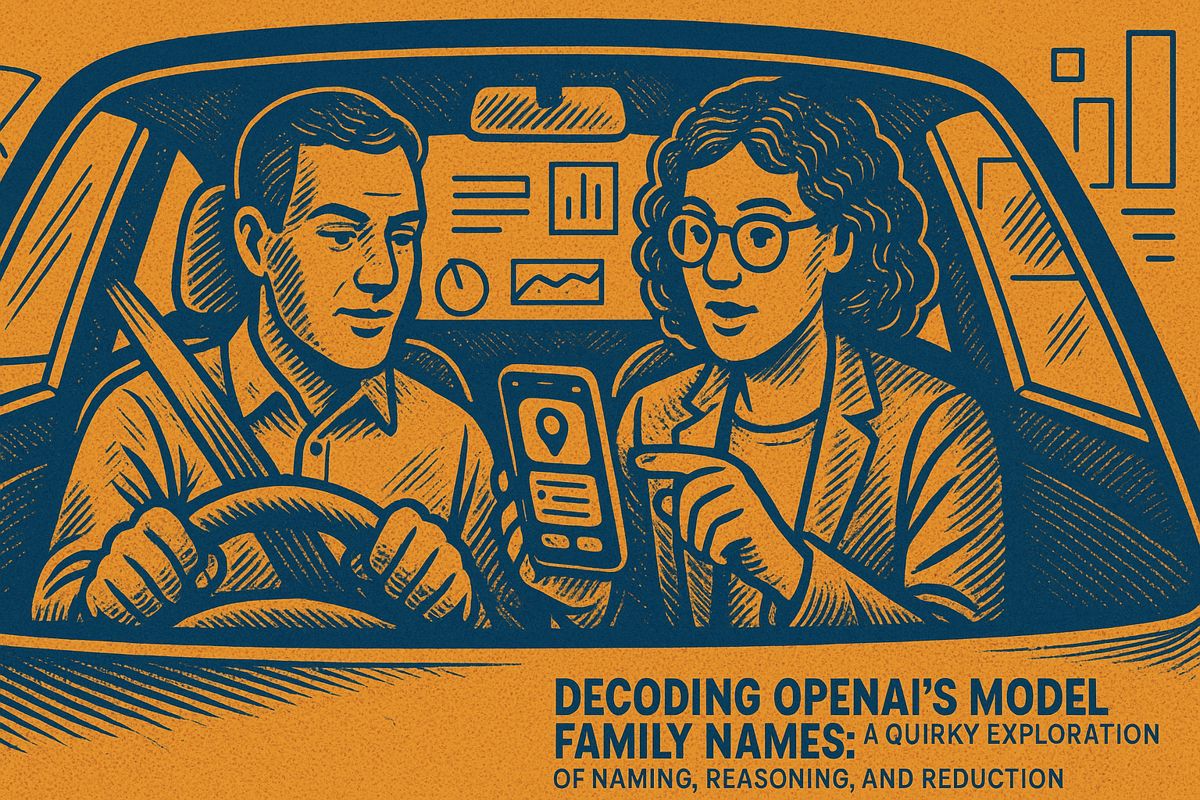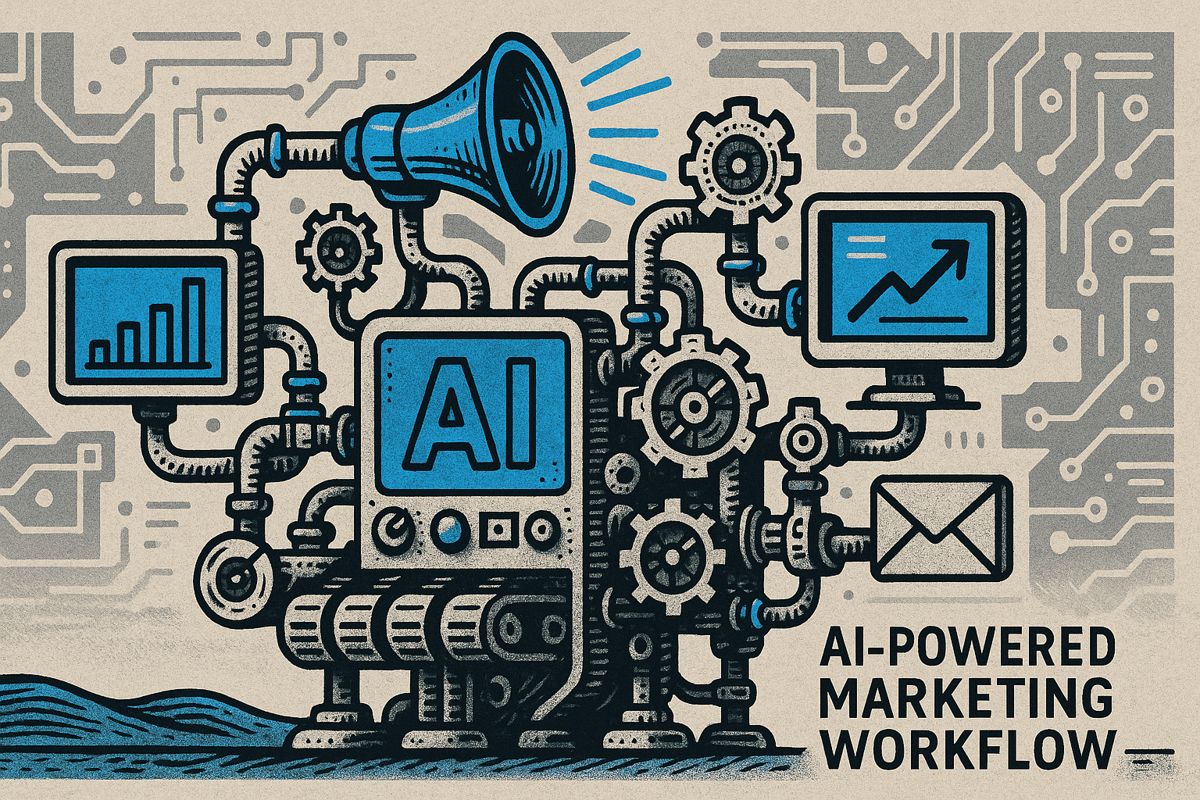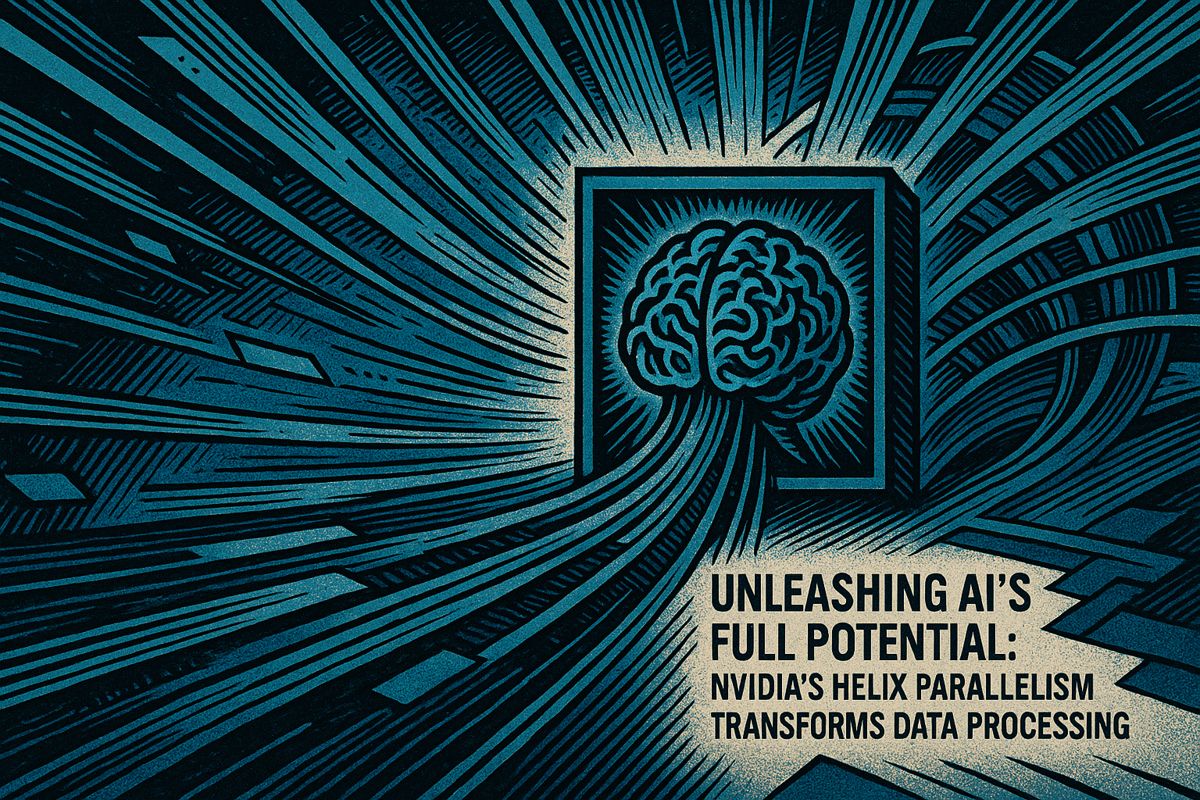Marketing has transformed dramatically with multichannel marketing hubs, turning personalized advertising into an almost magical experience. Companies like Adobe now use sophisticated AI technology to track and understand customer behaviors across different platforms, creating intricate digital profiles that predict and respond to individual needs. Gartner’s 2024 report highlights Adobe’s leadership, crowning them the top performer in creating seamless, real-time marketing experiences that adapt instantly to customer interactions. These advanced platforms can now stitch together data from emails, social media, websites, and customer service logs, creating a comprehensive view of each customer’s journey. The result is a hyper-personalized marketing approach that feels both impressive and slightly mysterious, where ads seem to know exactly what you want before you do.
What is a Multichannel Marketing Hub and Why Does It Matter?
A multichannel marketing hub is a sophisticated digital platform that integrates data across channels like email, social media, and web, enabling businesses to create personalized, real-time marketing experiences using AI-driven insights and comprehensive customer profiles.
I still remember the first time an ad seemed to chase me like a persistent street vendor – from a website to my inbox and then, as if on cue, to my Instagram feed as I lay in bed at midnight. The sensation wasn’t just eerie; it was electric, almost as if the internet had sprouted eyes and was peering over my shoulder. That uncanny feeling flashed back when I read Gartner’s latest “Critical Capabilities for Multichannel Marketing Hubs” report. The tech? Well, it’s less clunky banner chasing now, more like a spider spinning an intricate, invisible web – and the spider’s name is often Adobe.
It’s easy to forget how new this form of hyper-personalized marketing really is. Seven years ago, my friend Lena – who runs the indie ceramics shop Muddy Paws in Austin – struggled to stitch together email blasts, text coupons, and Facebook posts into something coherent. She tried three different “marketing suites” (her words) before finally finding one that worked. The day she switched to Adobe Experience Cloud, her conversion rate inched up 4% across three months. That’s not empty hype. It’s the difference between feeling like you’re herding cats and watching all your ducks line up on cue.
Back then, I thought all these platforms were basically the same. Turns out, I’d underestimated what a true multichannel marketing hub can do – and how much of a difference orchestration (not just automation) makes.
Gartner’s 2024 Report: Adobe in the Limelight
So what does Gartner actually say? Their 2024 report doesn’t mince words. Adobe is crowned the leader in all four evaluated use cases – a rare sweep, even among giants. The company’s platform isn’t just recognized; it’s first across the board, outpacing a field that includes Salesforce and Braze. Skeptical? I was too, so I dug into the details. According to the report, “Adobe Experience Cloud continues to set the benchmark for data-driven media deployment, omnichannel execution, and real-time personalization.”
Why does this matter? For large enterprises, Gartner’s Critical Capabilities reports aren’t just bedtime reading. They’re the compass by which purchasing decisions are made. I can almost smell the burnt coffee in conference rooms as teams pore over these rankings, deciding where to spend eight-figure budgets.
Let’s be clear: multichannel marketing hubs (MMHs) aren’t just for email and banner ads anymore. They’re the digital hypothalamus, relaying signals between disparate systems: email, SMS, social, web, even customer service logs. Adobe isn’t just leading; it’s dominating, with seven consecutive years in Gartner’s leadership quadrant. That’s a dynasty, not a fluke.
Orchestration, AI, and the All-Seeing Profile
If MMHs are the nerve center, then Adobe’s AI agents are the synapses – flickering, relentless, and (sometimes) a little spooky. With Experience Cloud’s latest updates, AI doesn’t just personalize at the surface. It burrows deep, crunching petabytes of customer data, then nudges users with uncanny accuracy. (You ever get a push notification at just the right moment and feel both impressed and slightly creeped out? That’s this, in action.)
Real-time journey management is no longer a pipe dream. Take TSB Bank or Signet Jewelers: both now use Adobe Journey Optimizer to orchestrate campaigns that sweep across channels, adapting on the fly. I once thought “persistent profiles” was just another jargon salad, but the truth is more elegant. Adobe’s tools sew together browsing behavior, purchase history, and even support tickets into something strangely alive – a profile that grows with every click and swipe.
On the creative side, AI-driven content analysis is becoming the secret sauce. The platform can now diagnose which assets perform (or flop), sometimes before a human even notices. For B2B clients, Adobe has woven in account-based journeys, so every touchpoint – LinkedIn ad, webinar invite, follow-up email – is custom-fit. It’s like hiring a data-obsessed conductor for a symphony of one.
Why Gartner’s Gold Stars Still Matter
At first, I wondered if these accolades were just ceremonial flair. But for enterprise buyers? Gartner’s seal is the difference between a confident “yes” and a committee of frowns. Adobe’s sustained reign – seven years without faltering – signals real, durable product leadership. That means better ROI, higher engagement, and, for frazzled marketers, the luxury of sleeping a little easier.
I’d be remiss not to mention the competition. Salesforce, Braze, Iterable, Zeta Global: each is nipping at Adobe’s heels, each with their own strengths. The race has more suspense than a Hitchcock thriller, and I confess, I once bet on a smaller vendor that fizzled out fast. Live and learn, right? The market’s only getting more Byzantine. AI, privacy demands, and ever-fragmenting journeys aren’t going away.
But in this cacophony, Adobe keeps listening. Maybe that’s the rarest trait of all. When the customer whispers, “Hey, I need something more…,” Adobe’s tools are already tuning in, ready to orchestrate the reply.
Phew.
Dan



















